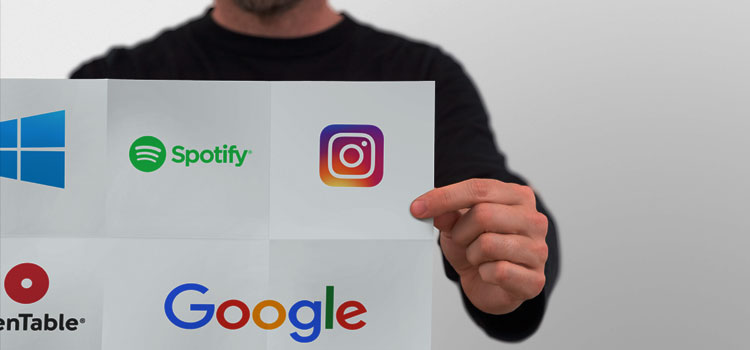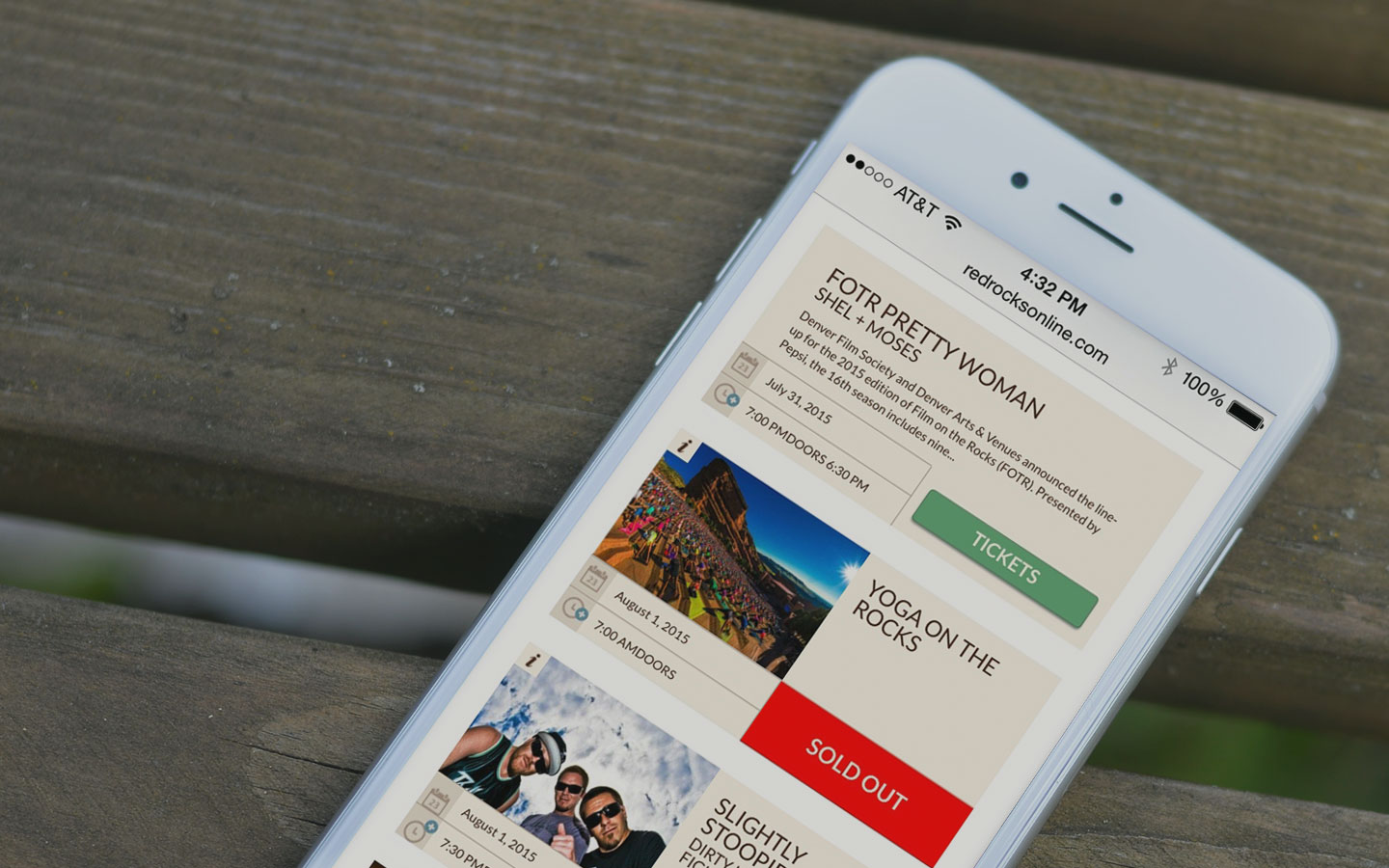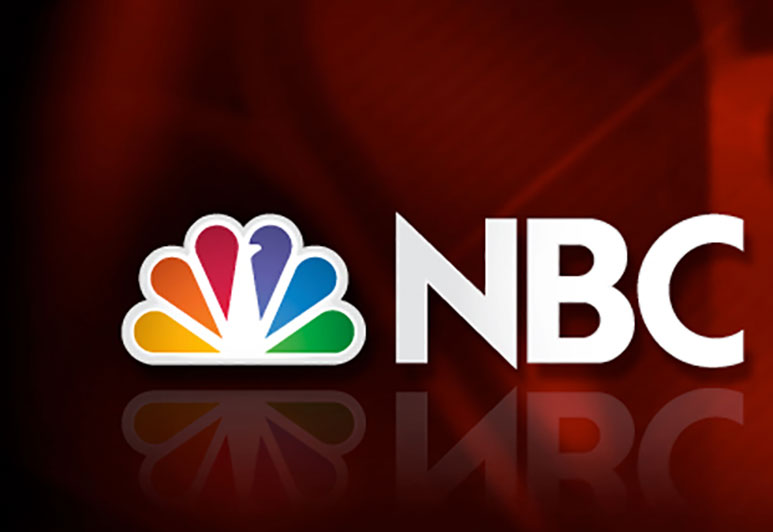Expressing Your Brand Inside and Out
Signs are much more than just a large version of your logo.
The launch of a new position in your marketplace can be exciting and sometimes a little daunting, especially when the visual expression of the brand is new, refreshed or changed entirely. An essential part of a successful launch is to make sure everyone involved (from employees to potential customers and partners) has something they can stand behind — and stand for. Infusing this visual expression into your environment in a way that is unapologetic and proud creates ownership and impact in a way that no other element of your brand can.
D+i, along with it’s fabrication partners is adept at creating an appropriate three-dimensional expression of your brand identity that will resonate both internally and externally, creating a sense of place and belonging. Not only that, but what better way to show your company pride than a 3 foot high logo? Here’s some examples of 3-D expression in action.
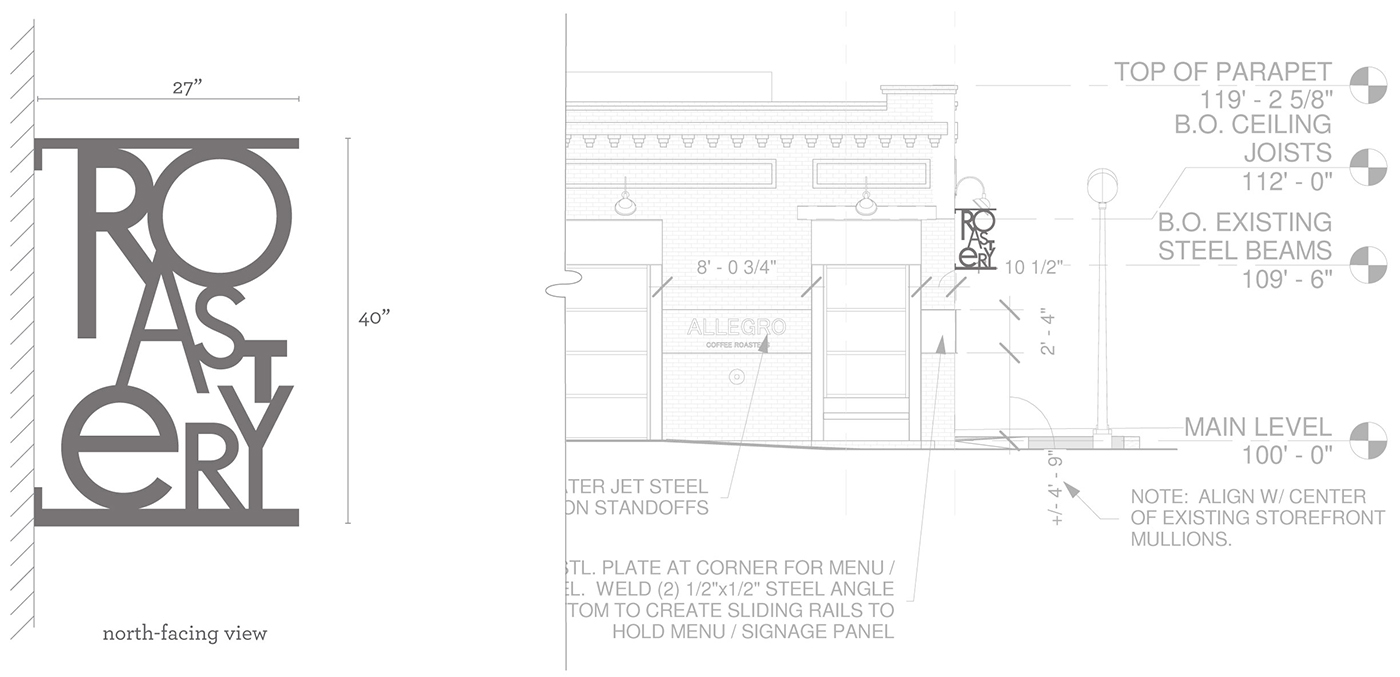

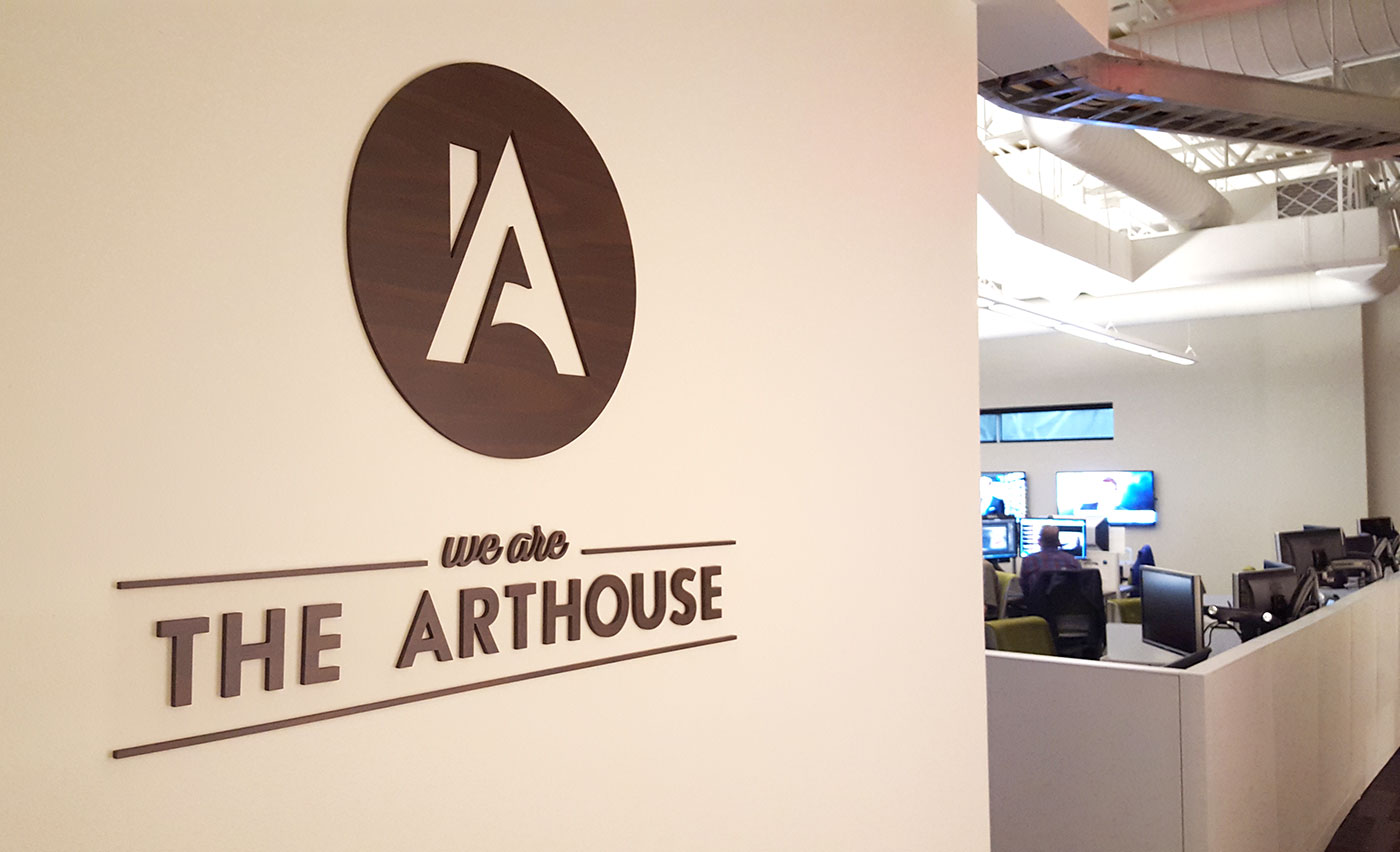
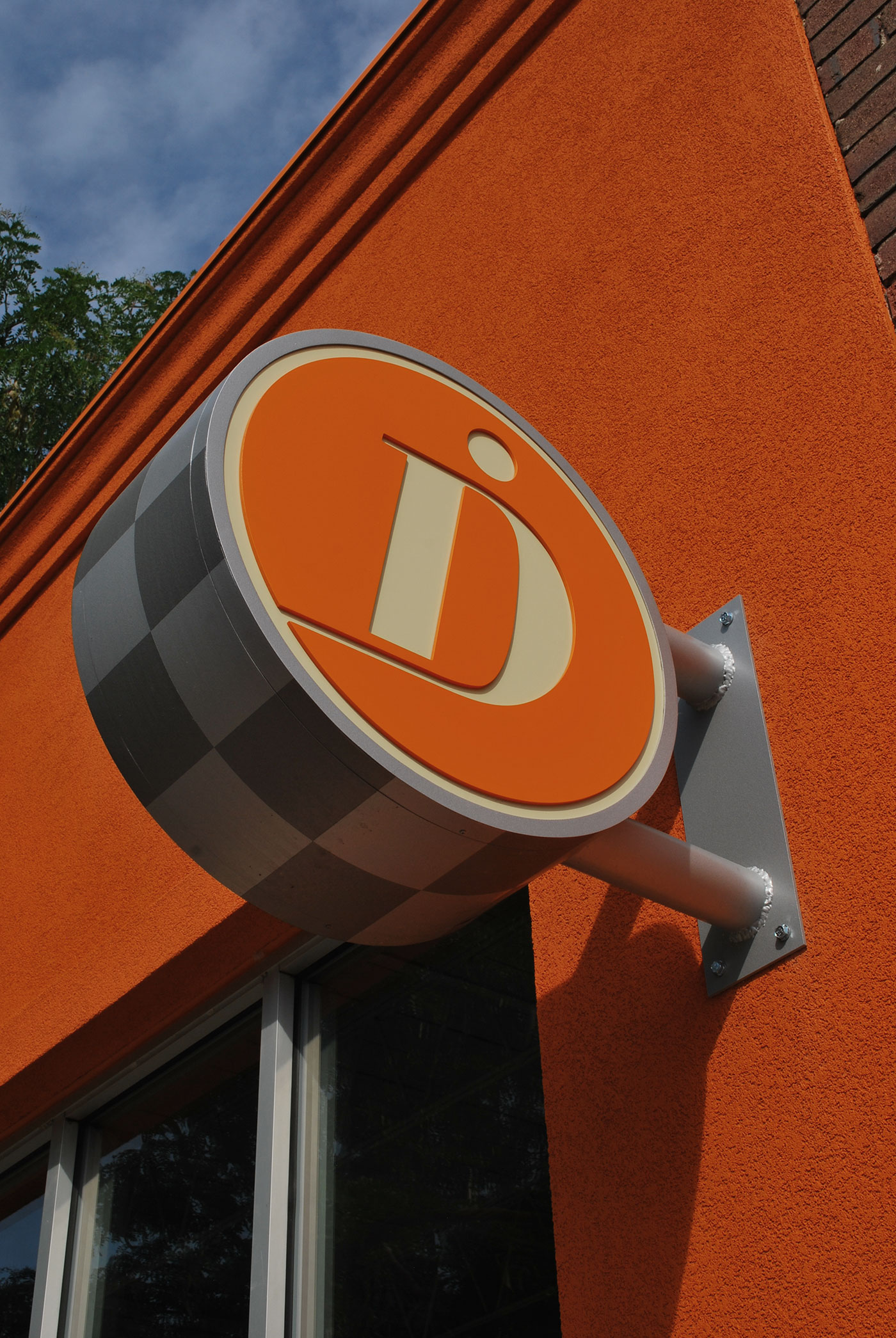
1 Minutes
Old Fashioned Consumer Awareness
Poster Series for Red Rocks Amphitheatre
When a venue has been around for 75 years consumer perception of its brand and functional attributes can get a little stale and one-dimensional. Red Rocks Amphitheater, while well known for its ability to host amazing musical performances, also has the ability to host many other types of events, from weddings to Mothers Day brunches, and embrace a variety of visitor types from tourist visits, to hiking and biking within the park boundaries.
D+i created a series of posters that outline the variety of ways that consumers can utilize the places and spaces within this venue. Through compelling copy and a striking visual style that harps back to rock posters and older printing techniques we were able to create multiple points of engagement that inform the viewer about the many aspects of Red Rocks available to enjoy.

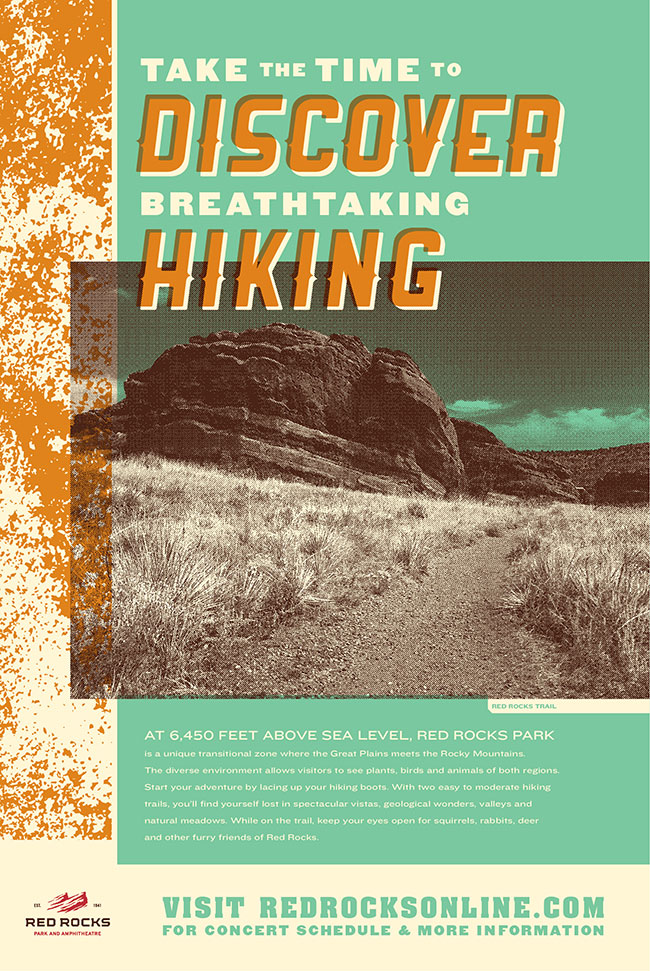
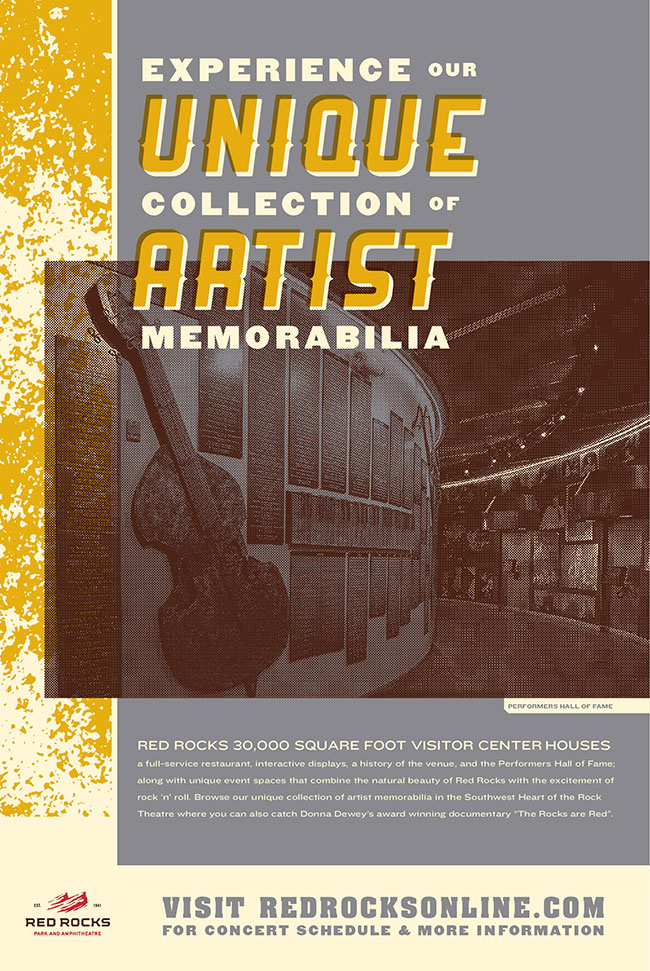

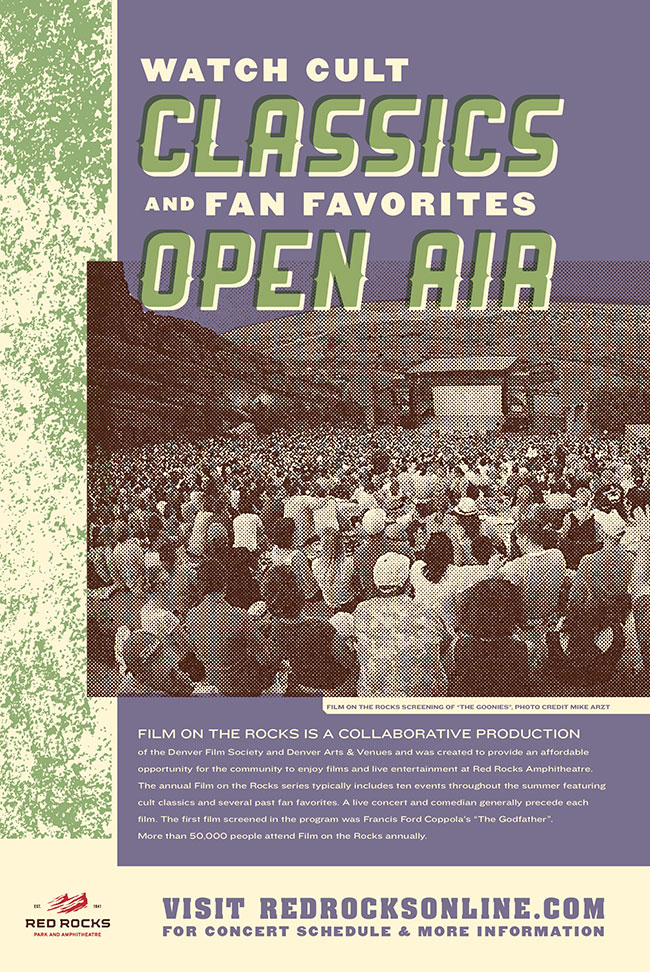


1 Minutes
Is Flat The New Black?
Contrary to the title of this piece, flat designs do not guarantee a new identity rollout is well-received.
You’ve likely seen the flat design trend in recent identity rollouts from the likes of Google, Spotify and instagram, to name a few. In theory, incorporating flat design concepts into a refreshed identity is important. In a digital world, flat design fosters shorter load times and supports a consistent online experience across all devices. Research also suggests that the millennial audience is more drawn to simple, flat logos as opposed to the dynamic logos of the past. That being said, there is much more to rolling out a new identity than simply making it flat.
While simple, clean logos seem to be everywhere, not all are successful. The criticism recent rollouts from Windows, Stubhub and Starz have received is evidence of this (For personal reasons, we were also disappointed that Starz had such a lackluster update). Ill-received identities often boil down to lack of research and strategy to back up the reasoning behind the mark. While some believe the logo itself is “dying” the tremendous backlash these brands have experienced from the public clearly indicates otherwise.
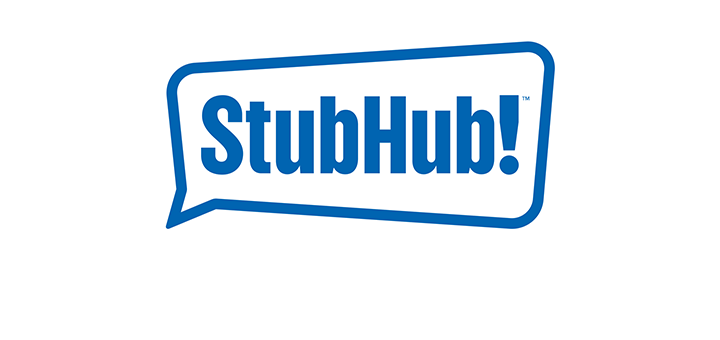
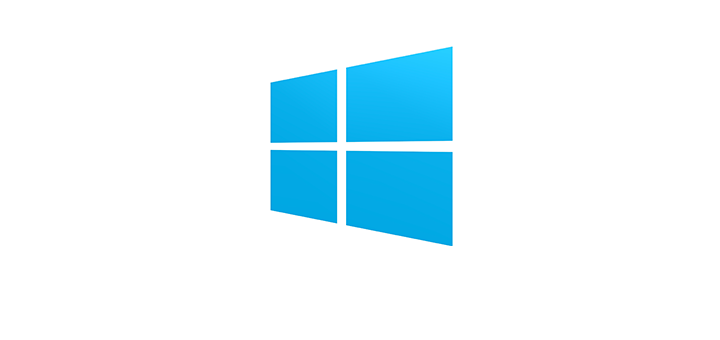
Brands are investing less in the logo design process and conducting less research. A flat logo alone can not be guaranteed to resonate with your audience. It is essential that, when updating or modernizing a logo, you also retain some of its original brand equity. The result of which can mean retaining and building trust in your existing consumer base while at the same time extending your reach to potential new fans of your brand.
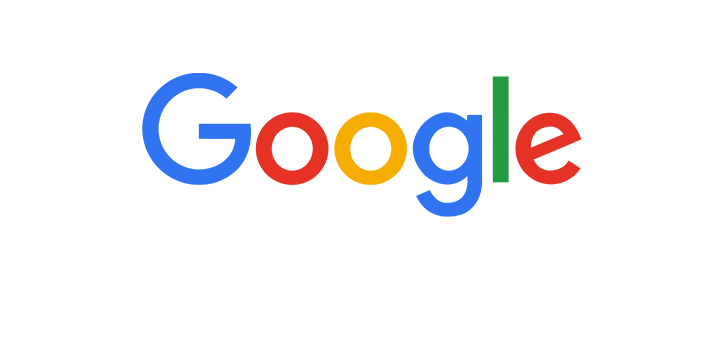
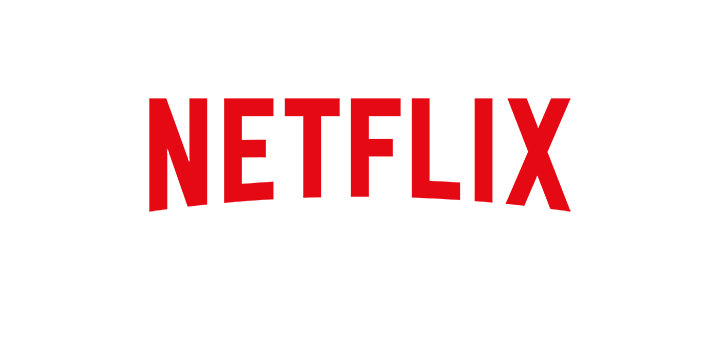
The D+i team takes a thoughtful approach to identity design. By building upon existing brand equities we ultimately deliver a logo with the ability to tell a story or represent a concept that resonates with new and loyal followers alike.
The logo is not dead. While flat, simple design appears to be key for modern logos, retention of key brand equities is essential for a successful rollout.
2 Minutes
Do You Really Need an App for That?
Do You Really Need an App for That?
As of 2014, we live in a truly mobile world, as this marked the point when mobile traffic surpassed desktop as the primary device utilized to access the internet. As a result, brands seem to be under constant pressure to have a mobile application alternative for their standard desktop website. With apps for everything from Target to Coachella Music Festival, mobile is king. However, an app is not always the best approach to mobile accessibility. This begs the question:
Is a mobile app the right choice for you?
Responsive design offers an alternative to designing a mobile application for your business. Utilizing existing content from the traditional website view, a responsive site reorganizes, resizes, and reflows that content as needed based on the screen size of the device being used. Responsive websites also require less time and money to implement and maintain, as you only need to make changes to the content, layout, or backend system once rather than updating for each device and/or operating system.
The Red Rocks Amphitheatre website was previously outdated and proved impossible to navigate for mobile users. Our team created an intuitive, scalable site that presented beautifully for mobile and desktop viewers alike, retaining all the key information and features of the original site, while also adding online ticket ordering and concert schedule functionality among other things.
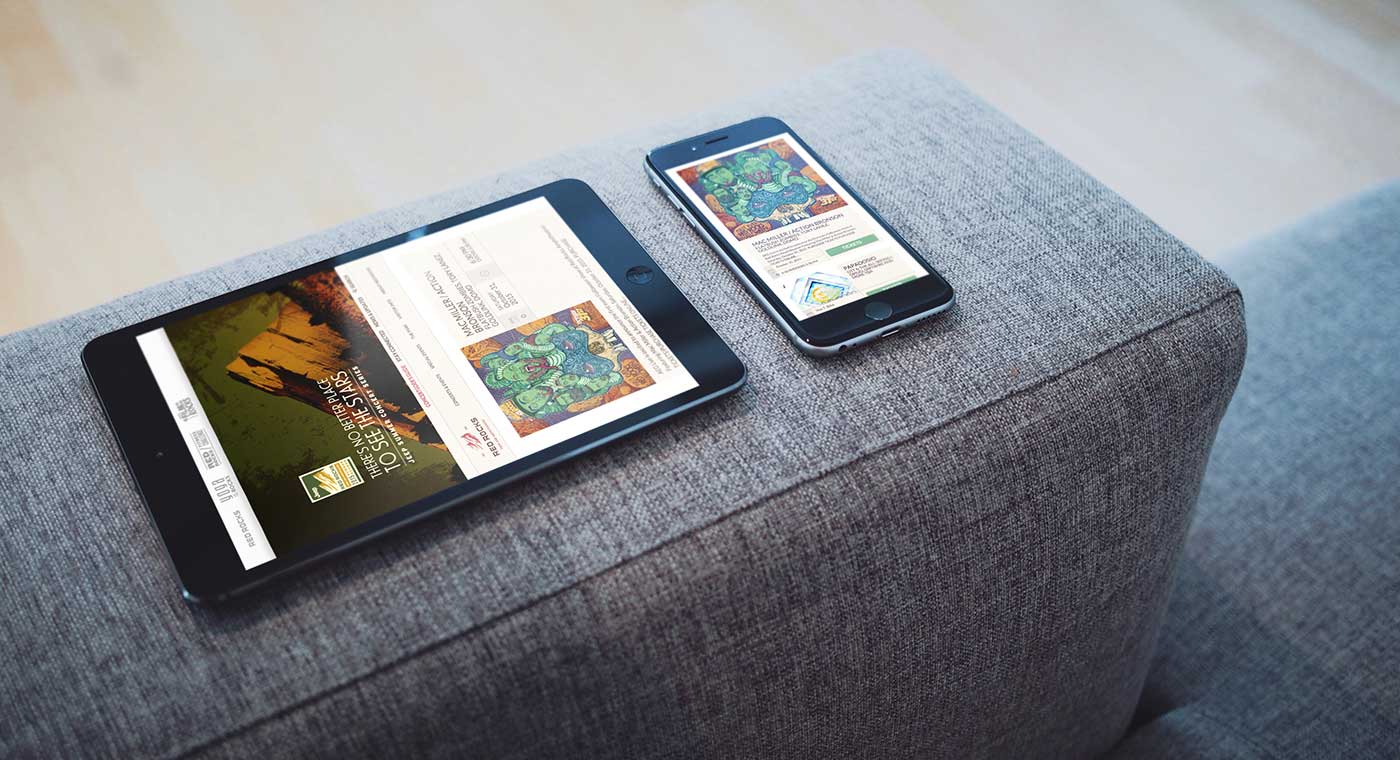
While mobile applications can be more time and money-intensive, for certain brands it is necessary
At its core, mobile applications offer an optimized user experience, as they are not only designed specifically for the device and operating system on which they are used, but they also are able to take advantage of all of the mobile device functionalities. Applications also offer improved performance in terms of load time, as elements were designed specifically with mobile in mind rather than a cross-device design.
The Colorado Public Radio (CPR) site performed well for desktop users, however mobile users were missing out on some of the key features of CPR. We mapped out wireframes to match the existing responsive site and apply native operating system capabilities to enhance the overall user experience. The final iOS and Android applications offered a convenient listening option for mobile users while also adding capabilities to download, store, and listen to CPR podcasts.
In today’s mobile world, it is imperative to create an optimal experience for your users. That being said, a mobile application is not always the answer. Contact us to explore which approach is best for you!

3 Minutes
24-7 Creativity
Facilitating ownership and inspiration
It’s always a challenge to achieve alignment and consensus within any organization, but how do you do find the time to complete this task with a team that is engaged with their work around the clock? D+i Creative was hired by the NBC Owned Stations Group to guide their internal design team (that supports newscasts with digital graphic assets nationwide), breed a sense of ownership around a new name, and ultimately inspire and empower the creation of a new identity for their department.
D+i collaborated with our strategic partner Darwin to conduct a two-day series of on-site, facilitated workshops, each including a brand components backgrounder and various team exercises to achieve discussion and consensus around central themes. From this we were able to create a strategic plan and provide some essential communication tactics that would set a foundation to inform the creative work that would follow.
Ultimately the NBC team achieved success with an identity they could own, a pride in their department and new clarity around communication to audiences internally and externally, describing exactly what they do in one consistent and unified voice. We are The Arthouse!

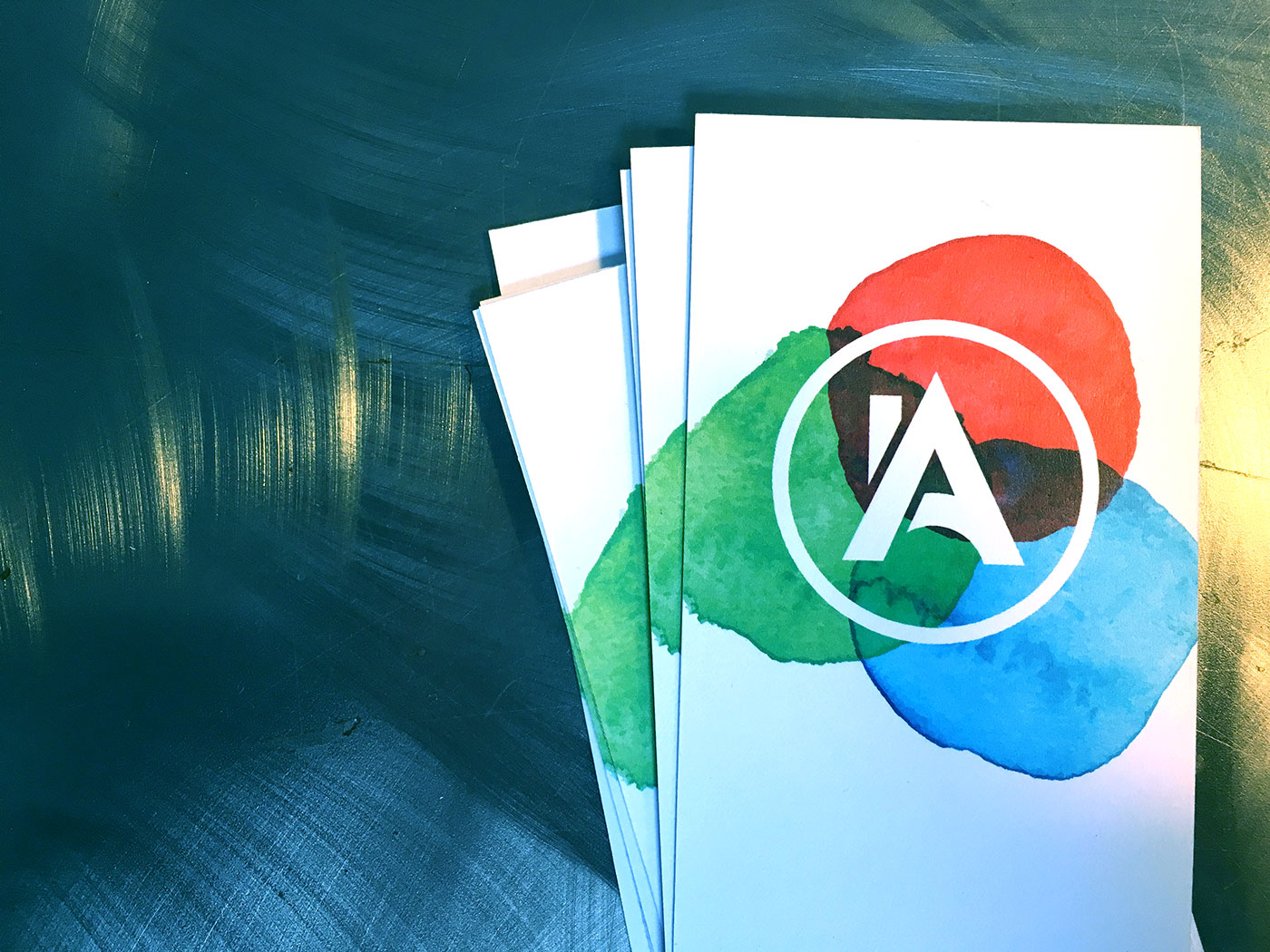

1 Minutes
Approaching Product Packaging
Despite what you may have been taught in school, chances are you’re guilty of evaluating a product by its packaging from time to time
The occurrence of ‘judging a book by its cover’ in this sense is second nature in the consumer marketplace. As a result, product packaging that emphasizes a unique value proposition and connects with consumers is essential to successful sales.
In our recent blog on brand repositioning, we discuss the importance of ensuring brand positioning accurately reflects key points of differentiation, business history, vision, and story. An integral part of executing this brand consistency through point-of-sale is ensuring product packaging as an extension of the brand that further engages a target audience. Brands bringing a product to the marketplace for the first time as well as established brands that are growing and evolving need to place careful consideration into product packaging and revisit packaging design when needed. We’ve included a few scenarios in which you may need to take a closer look at product packaging below.
1. Expanding Into New Segments
As a brand adds new products to its line, product packaging may need to be revisited to account for this wider offering. An important part of approaching this new packaging is maintaining consistency by leveraging existing brand equity in the reimagined design.
Allegro Coffee, originally offering solely hand-crafted premium coffee, expanded its product line to include drinking chocolate. As a result, Allegro was in need of packaging unique to this beverage segment while still reflective of the Allegro brand. D+i developed individual brand architecture for an original drinking chocolate package which utilized the original root of the Allegro story and visual expression as a connective thread in the treatment of each chocolate variety. The distinctive packaging created buzz within the segment and appealed to a new market of beverage drinkers while remaining true to the Allegro identity. This successfully evolved the brand story to encompass this new product line without watering down core elements of the brand persona or expression.

2. Focusing Your Audience
Before a new product can enter the marketplace, a target audience must be identified. The persona of this target audience dictates the expression of the brand, from the voice and tone of the messaging to the visual expression on the product packaging. The consumer experience on-shelf must quickly capture target audience attention in a relevant and meaningful way. This can make the difference in a successful or failed product launch.
We partnered with BrandJuice and The Clorox Company to create an identity for a heavy duty cleaning product that appealed to a primarily male audience. The cleaning product market largely appeals to a female audience, so creating a verbal and visual definition that shifted this perception proved an interesting task. D+i focused on the functional appeal of the product, emphasizing its strength and effectiveness utilizing striking colors, bold messaging and a custom container reminiscent of a power tool aesthetic. The identity, comprised of a gloved fist, expressed a product that when brought to market not only resonated with a male audience, but was also a hit with the female client base due to its perceptions of strength and power.

3. Planning For Future Growth
When bringing a new product to market, it can be challenging to appeal to a variety of buyer personas while maintaining the core identity of the brand. Conversely, if packaging is inaccessible to a larger audience there may be limitations to the growth potential of a product. When introducing a new product to the marketplace it is imperative to consider the future trajectory of the product as it relates to consumer base.
Long Haul came to us with the idea for a new automotive cleaning product that had mass market appeal. They hoped to establish a presence amongst commercial truck drivers to build a brand equity and reasons to believe which could later be built upon with recreational pick-up drivers. This was a comprehensive ground-up project where we created a custom container inspired by an oil barrel with imagery featuring both a commercial and recreational truck. We used succinct, powerful messaging that would resonate with commercial and recreational drivers alike with a passion for the open road.

4. Seasonal Experiences
Many brands drive sales seasonally through temporary changes to product packaging. For Allegro Coffee, this meant maintaining the core brand attributes while putting a fun spin on the visual brand expression to engage with consumers in a new and exciting way. The seasonal campaigns extend past product packaging to banners, floor graphics, and even social media hashtags. Our latest seasonal campaign for Allegro encouraged consumers to take a risk by trying a new roast. We captured a rebellious spirit through cheeky temporary tattoos and in-store graphics. The seasonal promotions drive consumer engagement and help spread the wings of the established brand in a unique and creative way.
Revisiting product packaging can be a powerful tool to reestablish brand presence, expand your brand reach, or shake things up in an overcrowded marketplace. Successful product packaging communicates in a way that creates distinction and engages your audience in a lasting and effective manner.
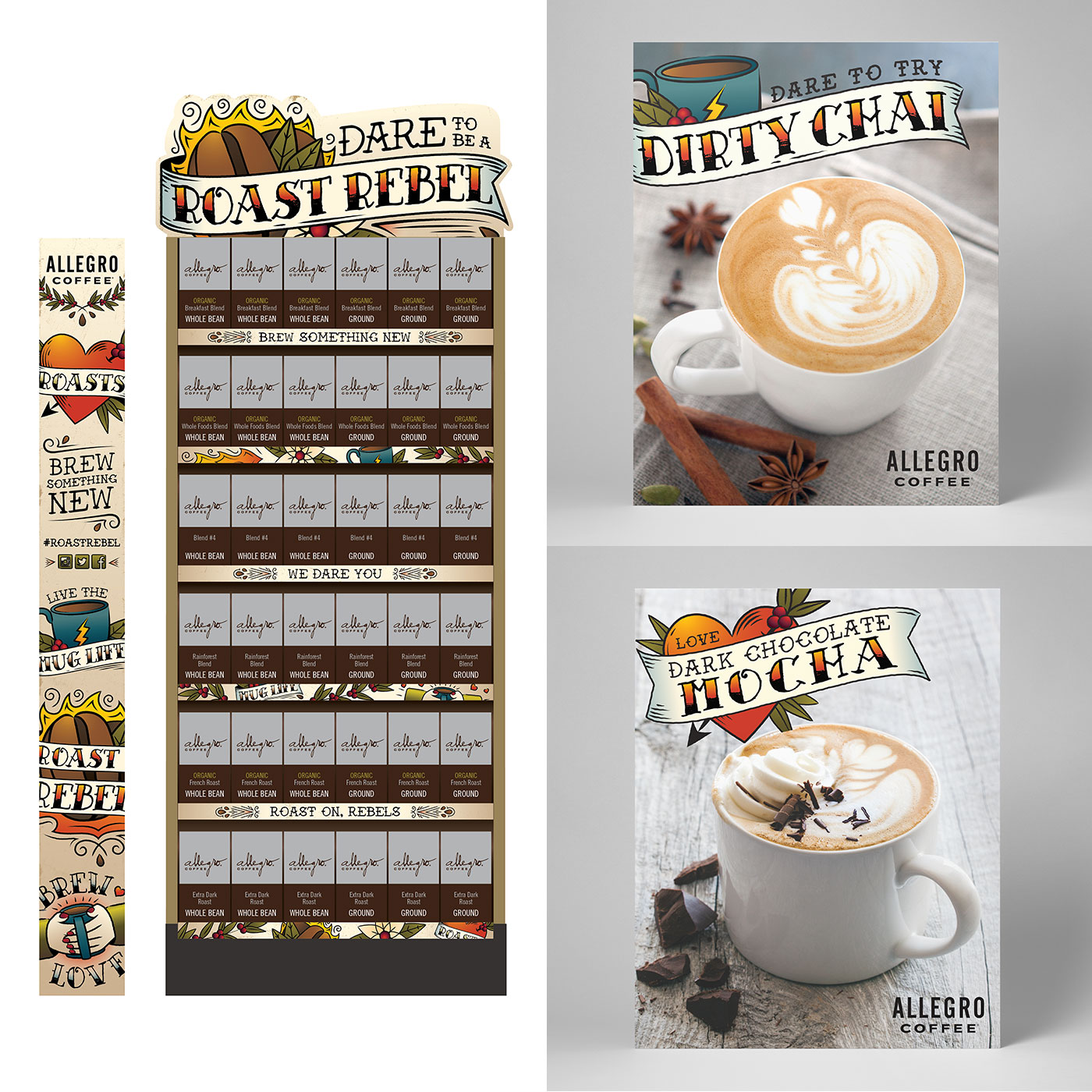
7 Minutes
An Insider Peek at Repositioning
Repositioning is essential to reflect the changed state of a business
Whether new to a marketplace or long-established in an industry set, the process of repositioning can be perceived as daunting for any company, product, or service brand.
However, in many instances repositioning is essential to reflect the changed state of a business or product lifecycle. It can also drive business, increase retention and improve overall audience perception. Despite the somewhat involved process, the upsides of a repositioning process far outweigh the relatively small investments of time and energy.
The D+i Creative team approaches repositioning projects with a step-by-step approach, founded in sound strategy, to ensure thoughtful and effective answers to the hard questions of differentiation, memorability and ownability. Here we’ve outlined our best practices for approaching a reposition and how that can inform a refreshed expression through key elements of your marketing.
Know your Company, Audience Perception and Competitive Set.
In order to create a thoughtful expression, it is essential to first gather necessary research and insight. This starts with a comprehensive overview of the company itself, from the history of the brand, understanding its current state and how it has evolved, marketplace positioning, and lastly identifying a target audience and business goals for the future. This is important not only for client stakeholders to review, but also for the creative team to fully immersive themselves in the foundational elements of the brand.
The next stage is to conduct a competitive audit of the industry and key competitors. This can inform questions such as: What is the brand’s key differentiator that sets it apart from competition? Does the current brand expression effectively communicate this differentiator?
Lastly, stakeholder insight should be gathered to understand current brand perceptions, particularly in how the brand is perceived by the audience. This initial background sets the groundwork for defining a brand DNA that will be inherent in all future expressions.
Collaboration is Key.
Once the groundwork is laid, a brand workshop offers an opportunity for key members of the creative team and stakeholders from the client side to collaborate. The workshop is meant to dive deeper than the original brand overview, discussing the future state of the brand in terms of desired perceptions, philosophical and functional points of distinction and brand personality. This will be incorporated into the creative team’s strategic recommendations directing the reposition brand and story, messaging, brand promise, and key insight that will flow into all marketing and communication efforts.
Express the Positioning.
Upon client review and approval of these strategic recommendations, the creative team can produce original creative options for a company identity that will serve as the cornerstone of the expression. Once selected, the agency will then prepare a formalized expression platform which describes the verbal and visual definition of the new positioning, from the primary identity to design patterns, color palette, typography, messaging, photography and illustration. These elements will serve as the creative foundation for all future marketing communications.
Bring it to Life.
With a creative foundation and unique expression established, elements of sales and marketing can be rolled out as necessary to fit an established marketing plan and launch strategy. The D+i Creative team has the ability to collaborate with an internal marketing department to create appropriate brand guidelines to inform the use of the visual and verbal tools. The creative team can also independently provide solutions for a redesigned website, product packaging, sales materials, social media assets, and other design production needs with the knowledge that everything is reflective of the new position and expression.
Wrap Up
With any foray into positioning it is important to be fully immersed in the current brand equity of the company, its pain points, goals, and marketplace perception. Making major position changes is not always a necessary measure, but when executed using a strategic and collaborative approach it can foster growth and progress toward key business goals.
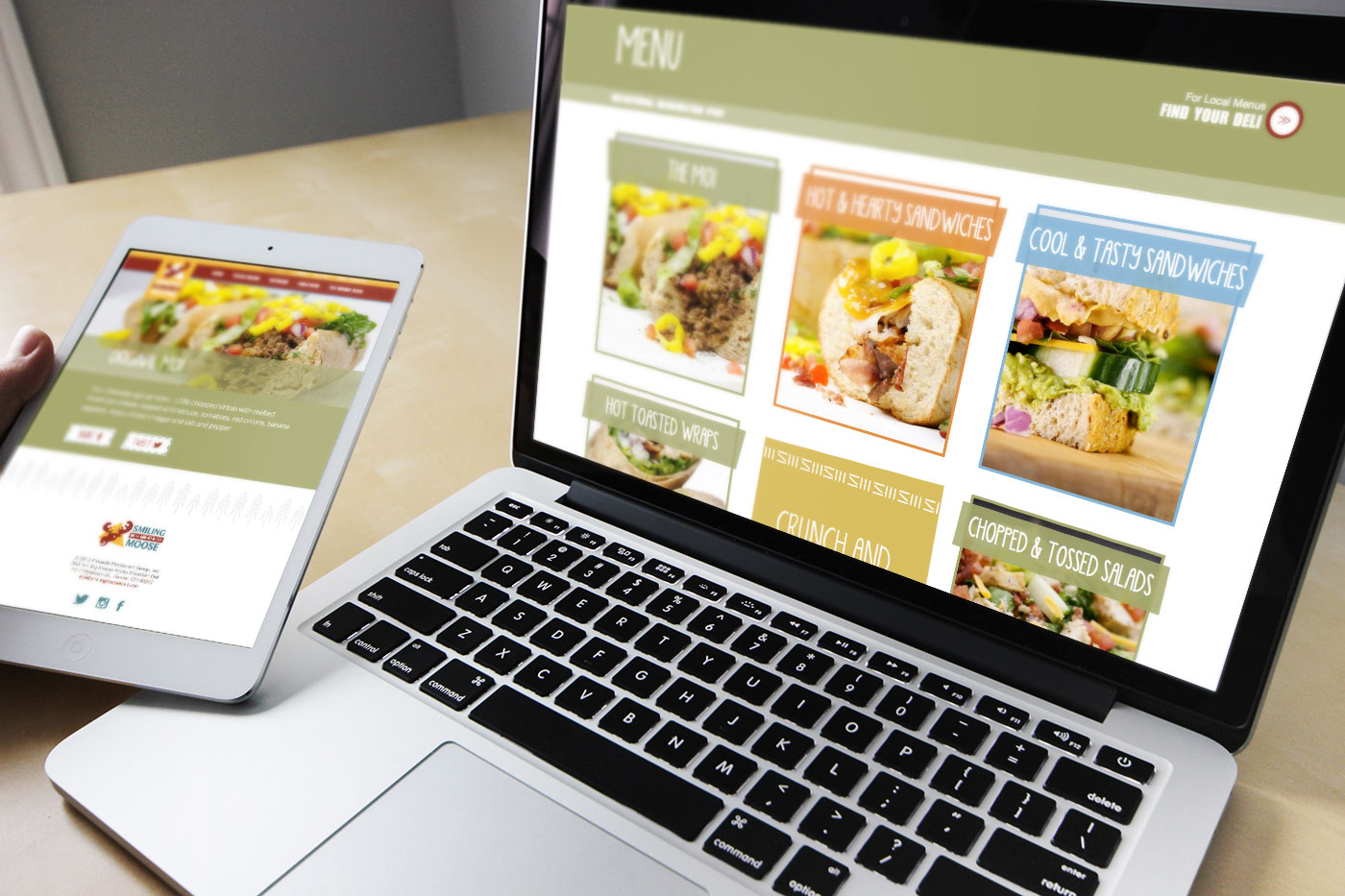
5 Minutes
The 5 Reasons You Need a Dedicated Agency
A true agency partner is so much more than simply a firm on retainer
Where change is the only constant in an always-evolving marketplace, hiring a dedicated agency for ongoing design needs is a practical step.
That being said, a true agency partner is so much more than simply a firm on retainer–the value lies in having a trusted partner who has a deep conceptual understanding of your brand and vision for its future. These partners are there to accomplish last-minute projects, manage ongoing campaigns, and most-importantly maintain an open line of communication and collaboration to generate new opportunities and attention.
The key to selecting an agency to have on board for the long-haul is finding a reliable firm that values your relationship, treats it as a true partnership, and is an extended family of sorts that you can trust to uphold your vision. We’ve outlined the top 5 benefits of having a true dedicated agency on hand below.
1. They Know Your Brand
Whether the agency was part of the initiative to create your brand expression, or you joined forces to extend a pre-existing set of standards, upholding these brand guidelines consistently is always top-of-mind. They are truly your built-in brand ambassadors, intimately familiar with your visual and verbal platform, target audience and body of creative work. They know your history, because they were a part of it. They uphold your vision, because they helped craft it. As steadfast stewards upholding your identity, you can rest assured there will be no egregious brand violations out in the marketplace and that any design solution will be a thoughtful extension of your brand foundation. This ensures scalability and puts you in a position for continued growth under a consistent identity.
2. Because They Know You, They Push You
With a true agency partner, you won’t just be giving orders, and the agency will never simply be complacent. Your partner will collaborate with you, ask questions, challenge the status quo and push for innovative solutions. As an outside source intimately familiar with your brand, they bring insight to the conversation you otherwise wouldn’t have. They keep your objectives in mind, but have the tenacity to recommend a revolutionary shift if it is a smart and informed move. Their primary job is to ensure your foundational brand is upheld, but they also take it upon themselves to push the boundaries and identify opportunities that foster continued growth. Whether it is rolling out a fresh new campaign or simply making sure your brand never becomes stagnant, your dedicated agency will continue to challenge and excite you.
3. They’re an Integrated Part of Your Team
One of the greatest perks of the dedicated agency relationship is the strong working relationship and trust that develops over time. Whether it be frequent conference calls, meeting to discuss project goals and progress, or simply updates on anything coming down the pike, it provides peace of mind and ensures that everything is covered and planned for, large and small. A dedicated agency becomes an extension of your team working toward a common goal. Your agency will cover the organizational component of making sure deadlines and budgets are met, reducing stress and management responsibilities on your behalf. Last-minute marketing opportunities? They happen, and you want a team who is thoughtfully aware of your brand and the objective of your communication to quickly gather resources and deliver for you.
4. They Expand Your Resources
With a dedicated agency, you not only get a devoted team, but you expand your access to countless additional resources. Your partner has agency expertise and connections to additional resources which they’ve utilized on past projects. They act as a one-stop shop for you, as they can arrange these additional services for you whether it be copywriting, trade show production, custom illustration, photography–you name it. You are saved the inconvenience of sourcing out additional services from unknown agencies, and you can rest assured your agency is bringing in nothing but the best. They’ll stay involved throughout the process as well, ensuring overall management and communication with these outside resources and a seamless experience for you.
5. It’s Personal
Now for the warm fuzzies — your dedicated agency truly becomes a part of your family. They care about your growth and success, so much so that the discussion of client and agency or “us” and “them” no longer exists. You truly become a team of “we” thinkers, working toward your common goals and upholding your vision. From reauthorization, new brand expressions or changing programming to shifts in goals, funding vulnerabilities and generous success, each of these experiences brings a shared perspective. Experiencing them together is paramount in your agency’s ability to serve you.
Enough About You. Let’s Talk About Us.
We believe there’s great value in partnering with companies for the long haul and we enjoy those enduring relationships with clients who have frequent needs for brand and marketing communications, ongoing educational campaigns, seasonal sales initiatives and recurring product roll-outs. We set ourselves apart from the industry standard by acting as an ever-present supportive family to our clients. From weekly check-in calls to late-night brainstorm sessions, we are there as a source of advice, expertise, and support.[
7 Minutes
The Importance of Understanding User Empathy
The buzzword ‘User Empathy’ is always at the center of any UI/UX design discussion
While empathy is certainly at the heart of user experience, a common pitfall in the industry is to use the term without actually defining or executing on its meaning.
To empathize with your users is to understand their feelings and outstanding problems they are facing, and theoretically walk a mile in their shoes. It is imperative to develop this sense of understanding before entering the design process, as it lays the groundwork for any successful project.
At D+i, our project cycle begins with an in-depth Discovery process to reveal user problems before moving on to Design, Development, and Deployment. In Discovery, we take a deep dive to define the personas and stories that makeup a given target audience base, which, in effect, offer insight into the underlying problems. Our process includes working with client stakeholders to identify their target audience, evaluating the existing client system to identify any pain points, functional issues, etc., and conducting a competitive review of other systems to identify the key differentiator of our client that sets it apart in the mind of the target user.
As we move from Discovery to Design, we utilize user insight collected to map out UX solutions for any observed user stories, eliminating any gaps in user needs, and creating a design concept that supports and communicates client key differentiation. We ensure that the design remains consistent with client business goals by collaborating with client stakeholders and collecting user feedback during design evaluation. Finally, we deliver design iterations as needed based on feedback and needs prior to launching the final product.

Trekz Mobile Application Design
The Trekz team came to us with an innovative app idea that created a space for outdoor adventurers to share their journeys with others through trail photos, GPS tracking, and stories. During Discovery, we identified the key differentiator of the Trekz app — a product that connected photos, GPS, and a first-hand account of the journey was inexistent in the market. The Trekz app directly answered a user need, and the D+i team was tasked with creating a design that was highly intuitive and shareable. In order to capture the story-telling nature of the application itself, we utilized a magazine-style design that mapped out each journey in a shareable, replicable manner. A detailed discovery process ensures a problem-first, rather than design-first, approach to design, creating a personalized experience that resonates with users.

MyRounding Mobile Healthcare Application
At its core, the MyRounding application is a simple but necessary application for healthcare professionals to document activities during daily patient rounds in real-time. During the discovery phase of this project, we identified the persona of our primary users – nurses and healthcare staff working in a fast-paced environment day in and day out. These healthcare professionals were stuck in an archaic method of paper records which was inconsistent, difficult to track, and therefore difficult to leverage to improve patient care. For the application to be successful, it needed to be intuitive, easy-to-use, and adoptable into an existing daily routine. The application offered a solution to improve patient care, save time, and increase efficiency for hospital staff, while requiring minimal adjustments to the user’s routine.
To effectively design any solution, it’s necessary to adopt the target user persona and understand their needs, problems, and current experiences.
Empathizing with users in this way lays the groundwork for the entire design cycle, and through multiple checkpoints along the way ultimately leads to intelligent and meaningful solutions optimizing user experience.
5 Minutes
Mobile Work Order Management
Moving from into a digital age
Our client, Bluedot, was tasked to build a mobile work management application to replace legacy paper systems for a technical workforce.
Previously, workers had to record their progress, needed parts and issues on the job site using cumbersome paper forms. This lead to inaccuracies and often incomplete work orders.
We collaborated with the client team to design a user experience and interface design that allowed the technicians to easily access their work orders and complete them on a tablet device. Our engagement included user persona development, application UX design and UI design for a native iPad application.


1 Minute

